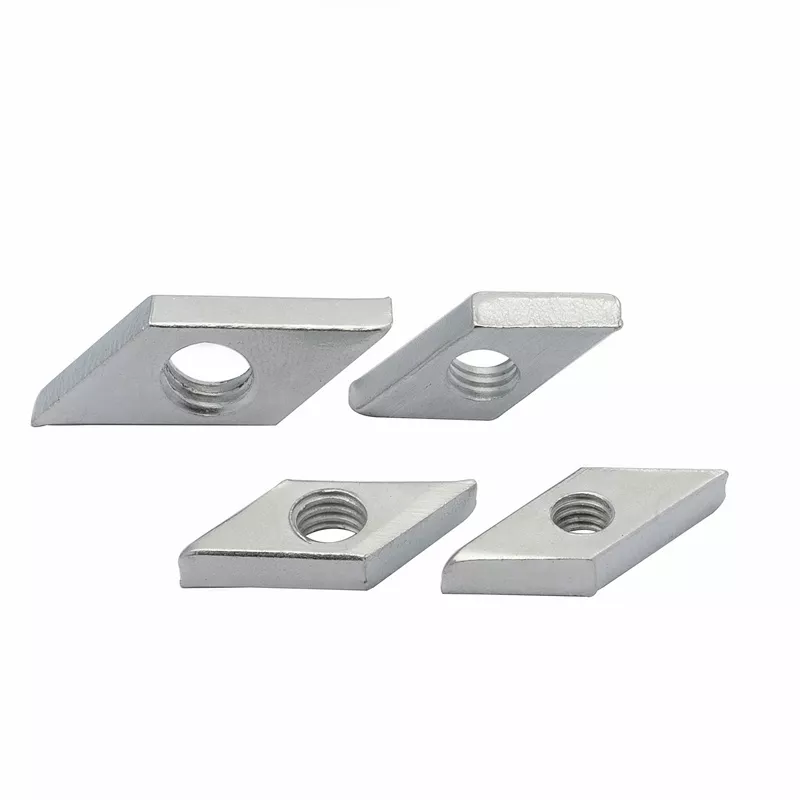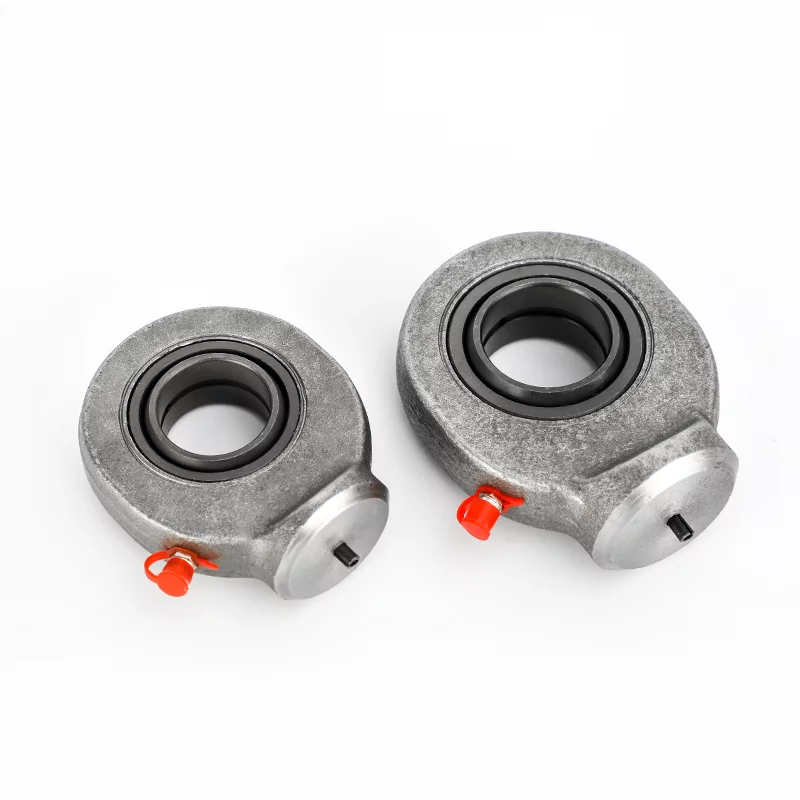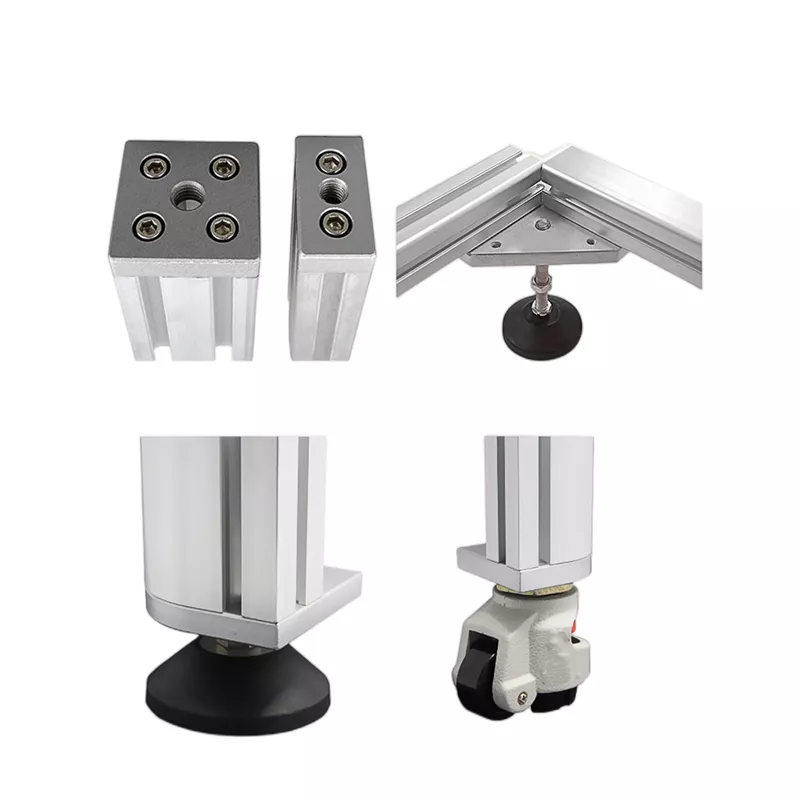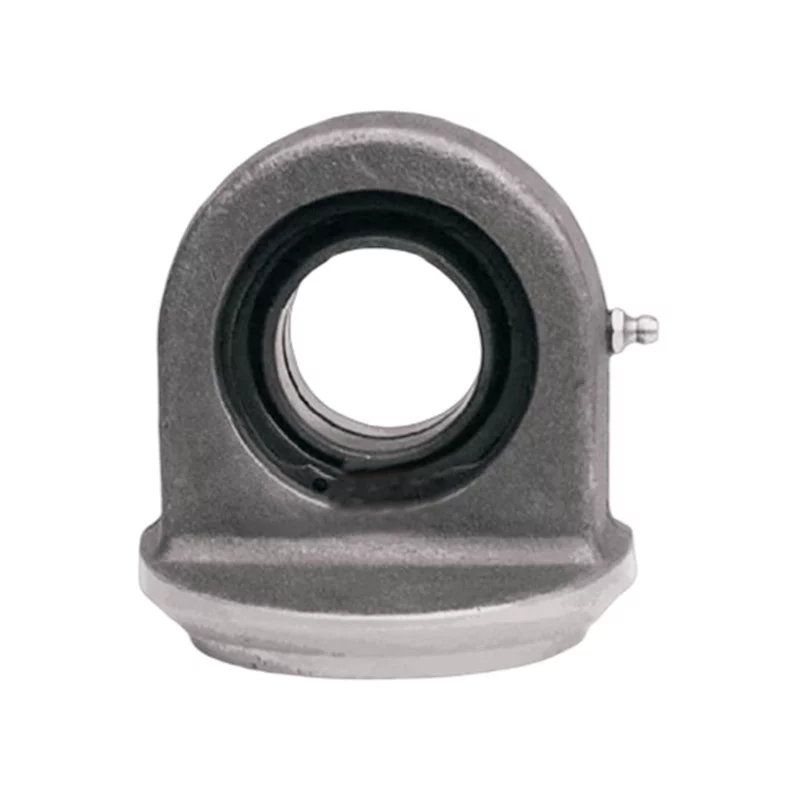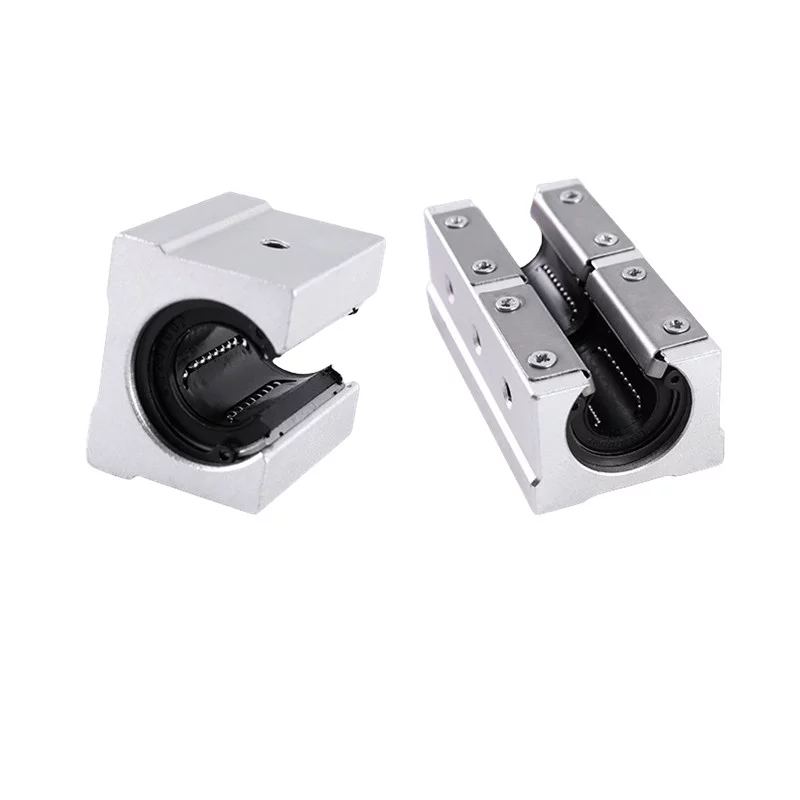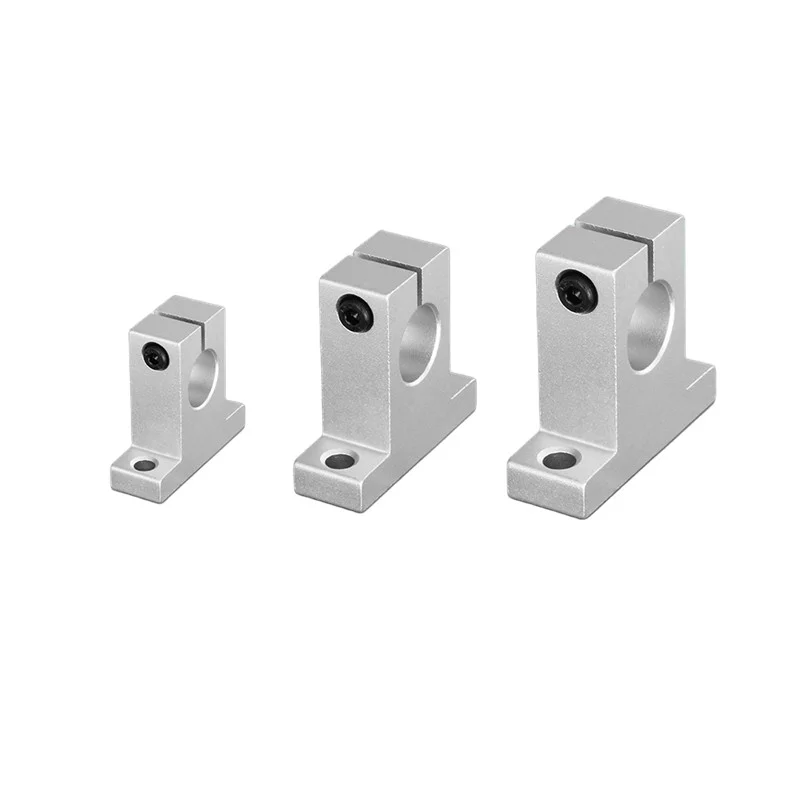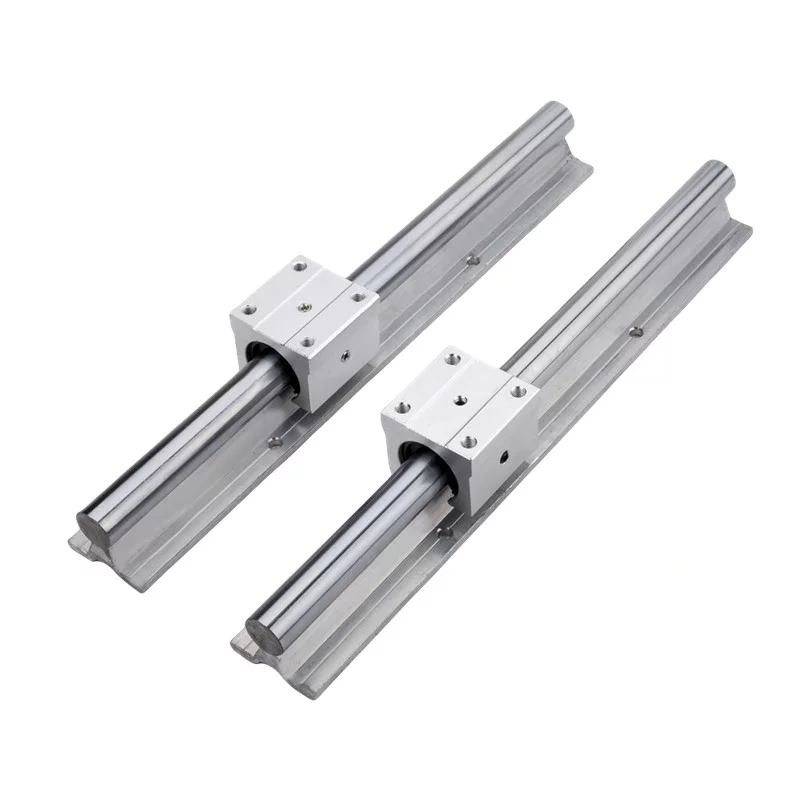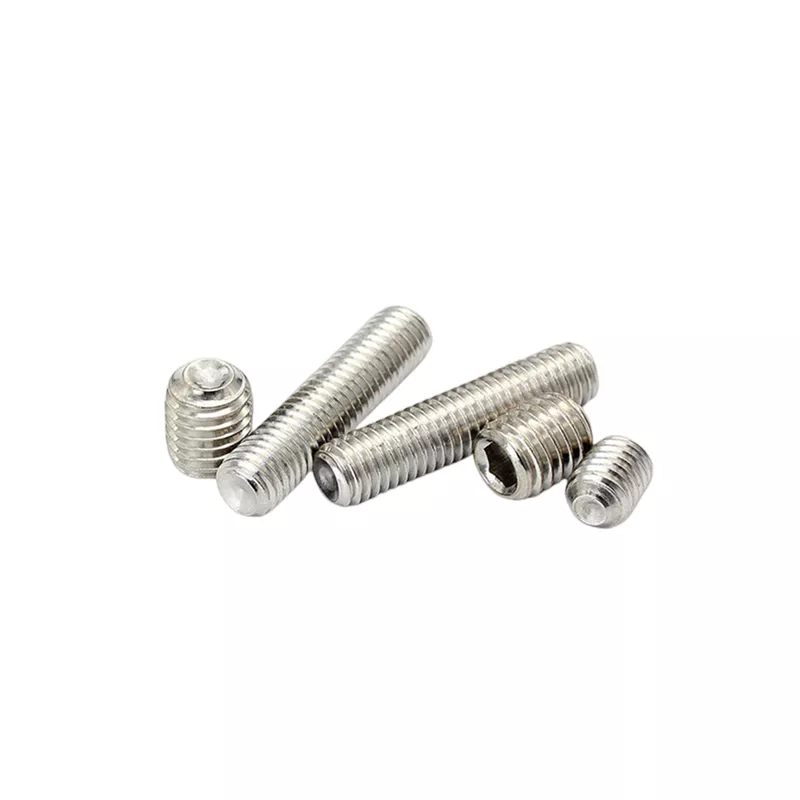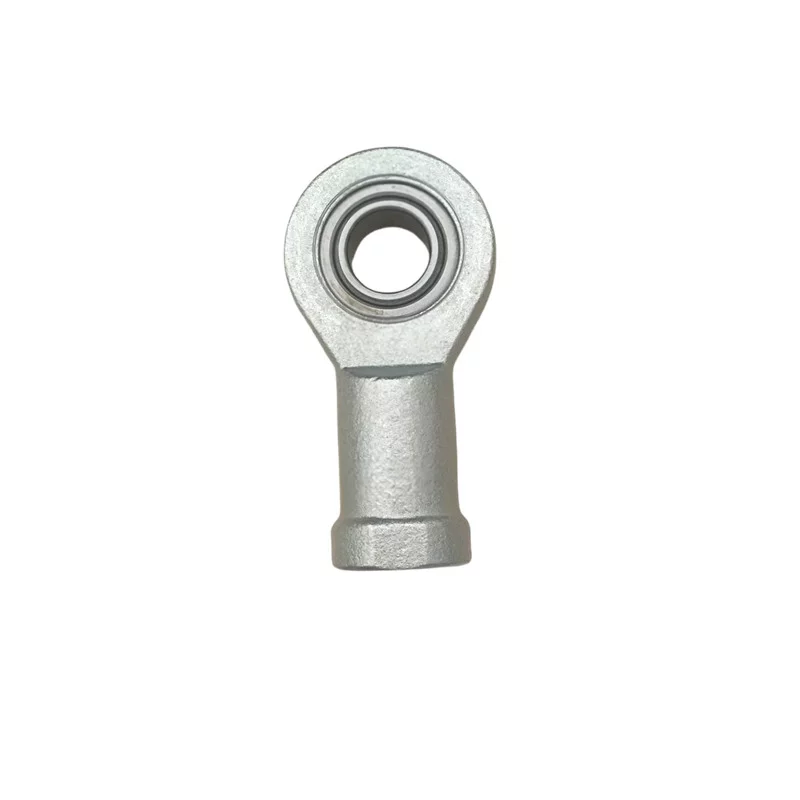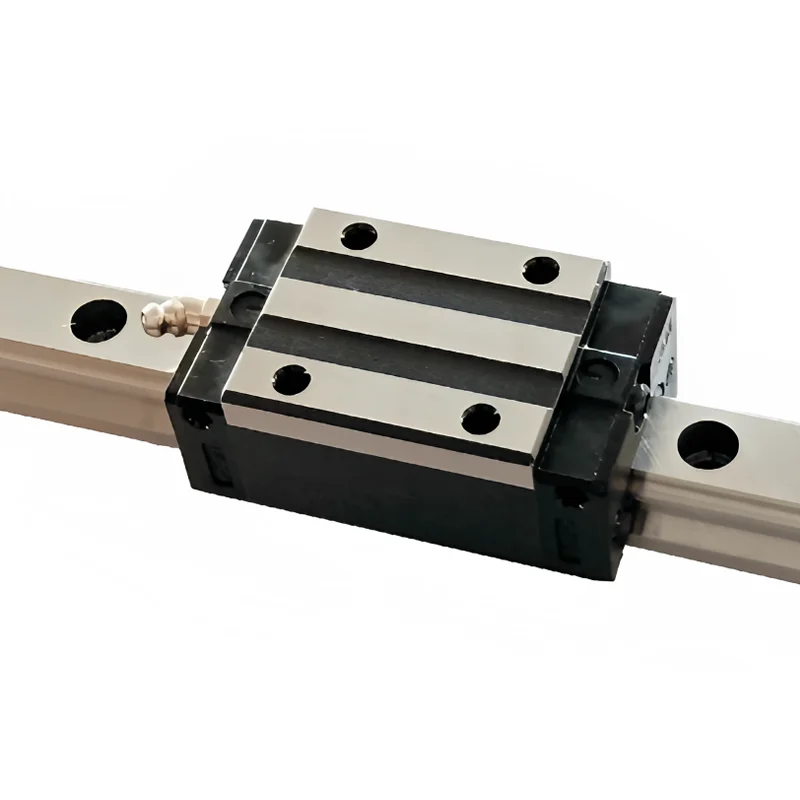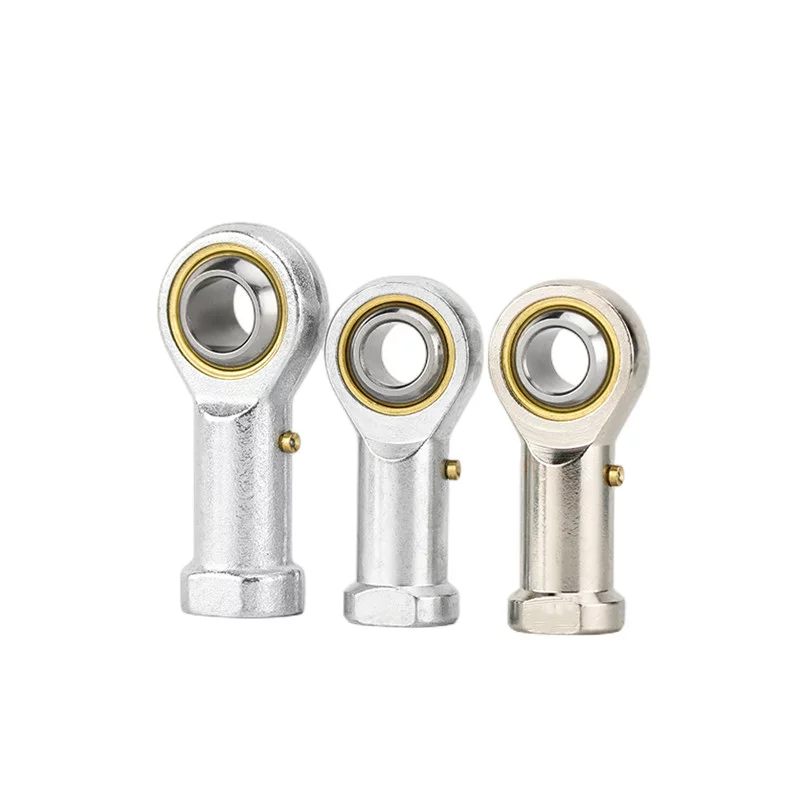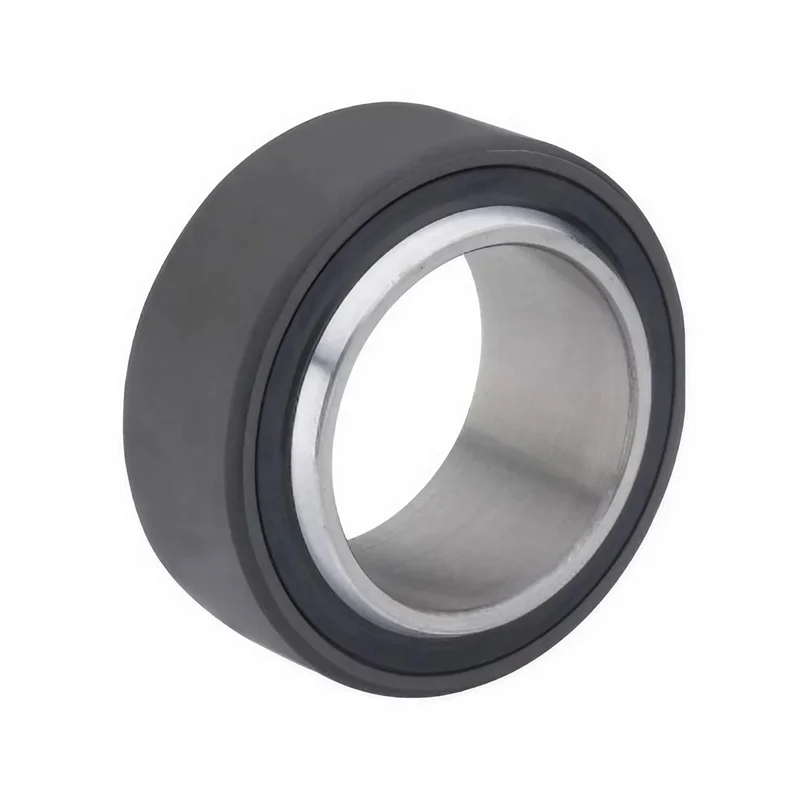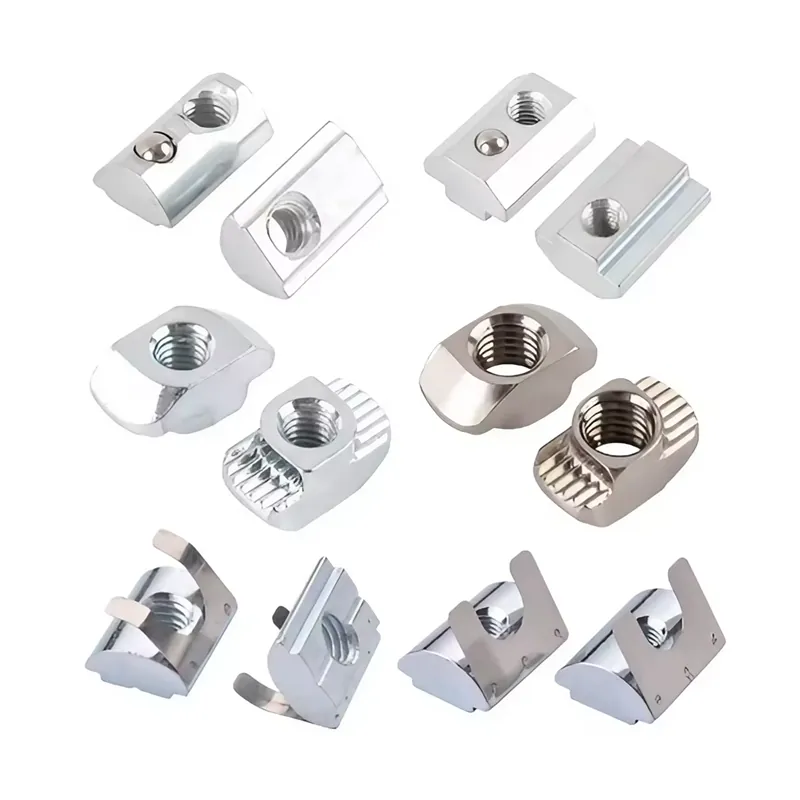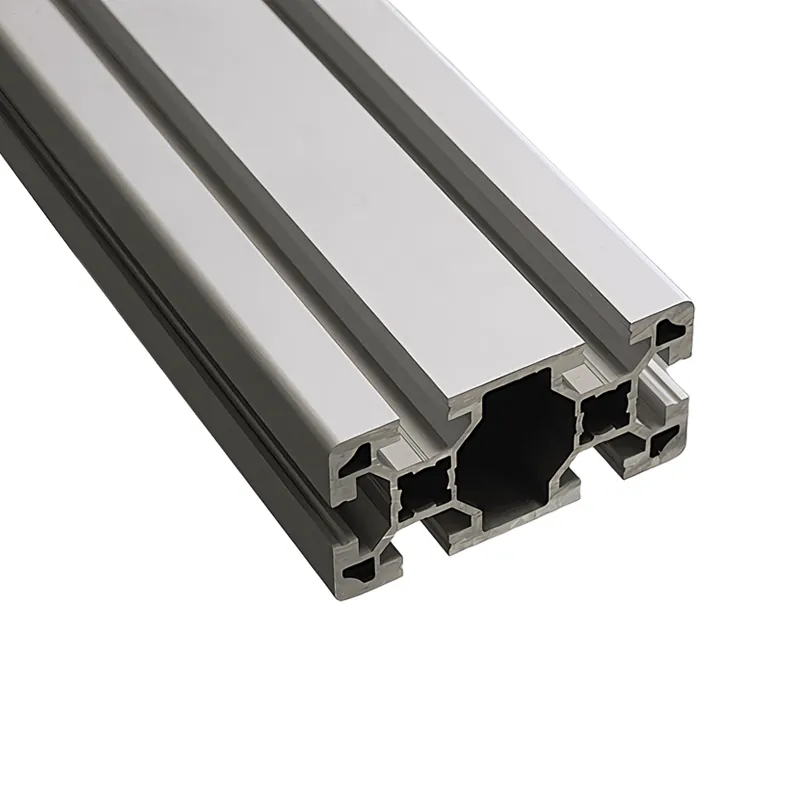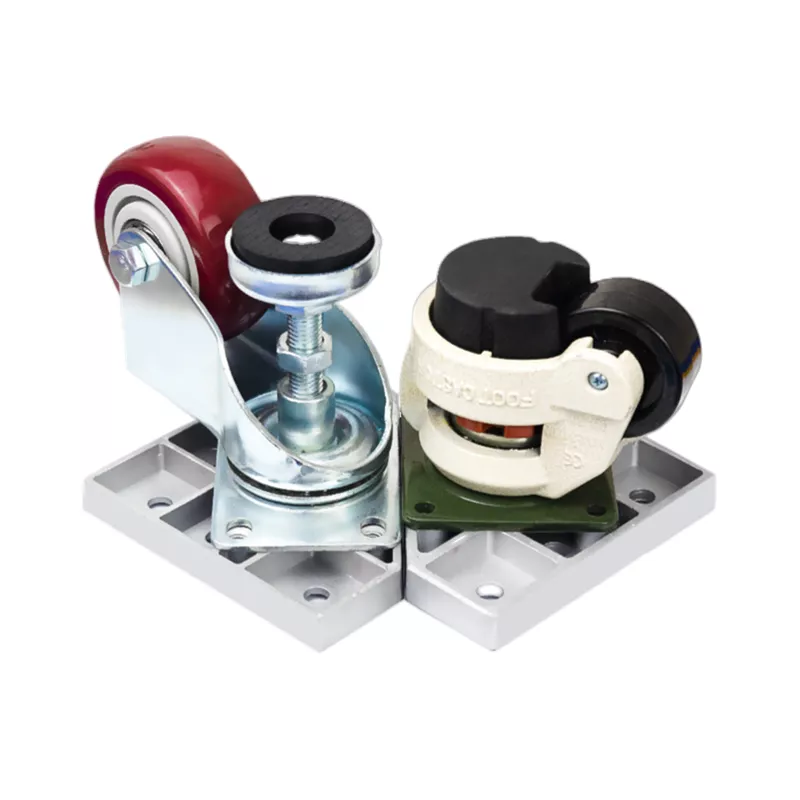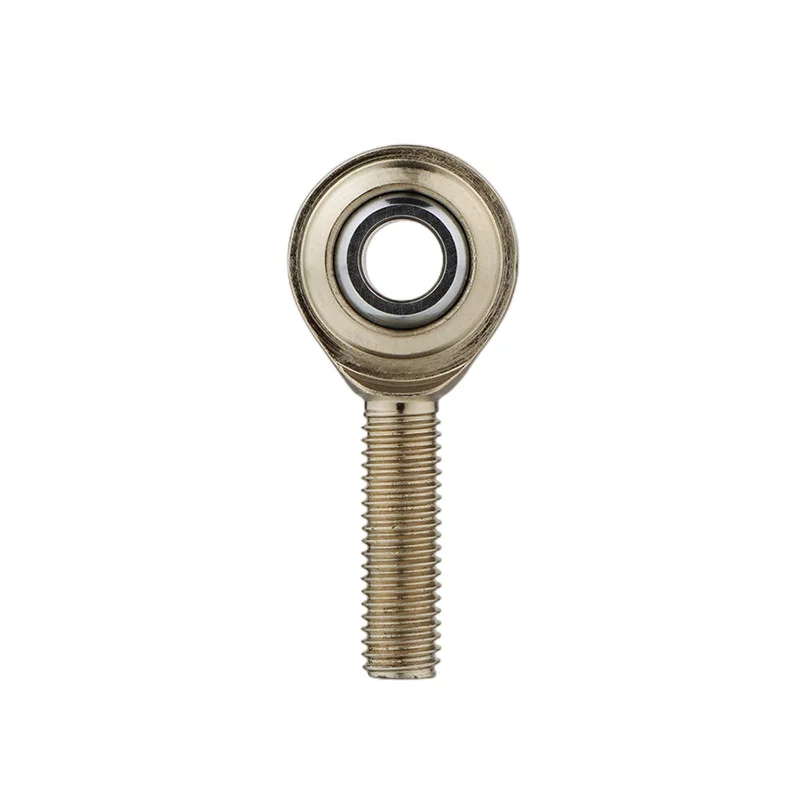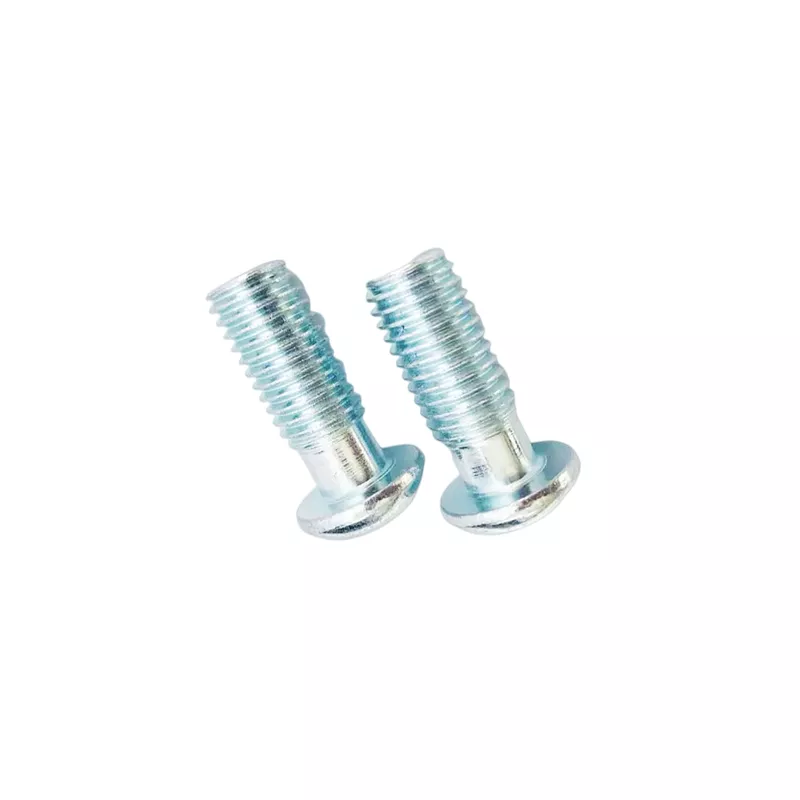What are the effects of thread wear
1. Damage to threads:
Thread galling can cause wear, deformation, or stripping of the threads.
This can make it difficult to properly assemble or disassemble threaded fasteners and may require replacing damaged components.
2. Increased torque requirement:
When thread galling occurs, the friction between mating threads increases. As a result, more torque is required to achieve the desired level of tightness.
This can lead to overloading the fastener or the mating parts, potentially causing damage or failure.
3. Reduced structural integrity:
Thread galling weakens the connection between fasteners, compromising the structural integrity of the assembly.
This can result in loosening or failure of the fasteners under load, leading to potential safety hazards.
4. Impaired functionality:
Thread galling can affect the smooth operation of mechanical systems. It can cause binding, sticking, or jamming of moving parts,
leading to reduced functionality or even complete system failure.
5. Leaks and sealing issues:
Thread galling can disrupt the proper sealing of threaded connections, such as pipe fittings or hydraulic systems.
This can result in leaks, which can lead to fluid loss, reduced efficiency, or contamination of surrounding components.
6. Increased maintenance and repair costs:
Dealing with thread galling issues requires additional maintenance and repair efforts.
It may involve replacing damaged fasteners, re-cutting threads, or applying anti-galling coatings. These extra costs can add up over time.
7. Safety risks:
Thread galling compromises the reliability and integrity of threaded connections, posing safety risks in various applications.
Failure of fasteners in critical systems, such as aerospace or automotive components, can have severe consequences and jeopardize the safety of personnel.
It is important to prevent thread galling by using appropriate lubrication, selecting compatible materials,
and following proper installation procedures to ensure reliable and safe threaded connections.
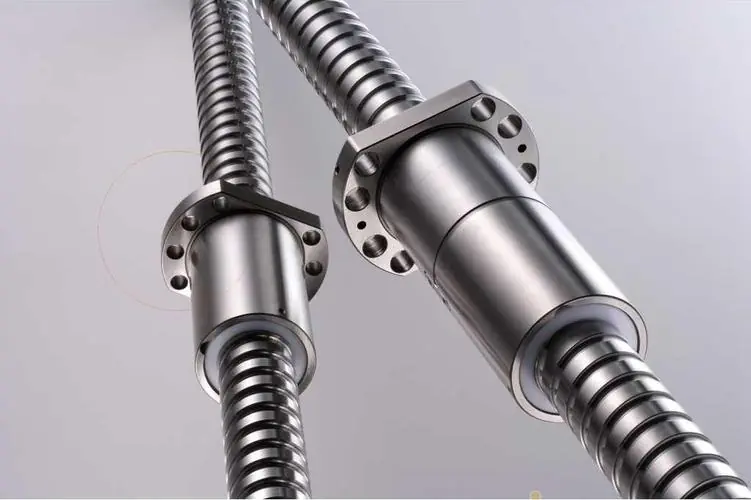 Why Precision Ball Screws are Vital for Industrial Automation and How to Choose the Right Supplier
Why Precision Ball Screws are Vital for Industrial Automation and How to Choose the Right Supplier
 SAIVS Linear Motion Ball Slide Units – Precision and Reliability for Your CNC Needs
SAIVS Linear Motion Ball Slide Units – Precision and Reliability for Your CNC Needs
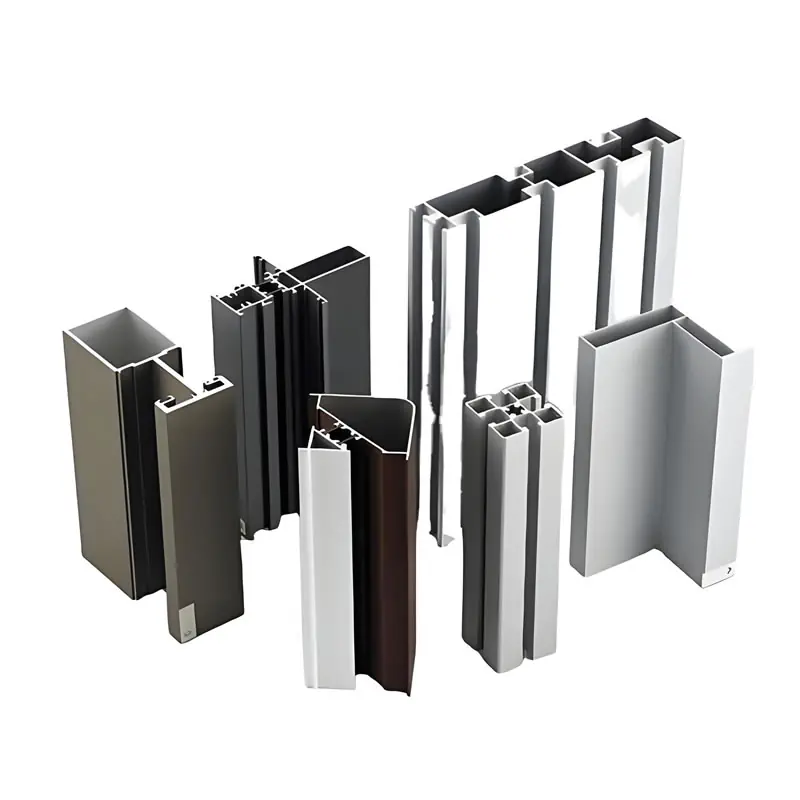 High - Quality T - Slot Aluminum Extrusion Profiles from Ningbo SAIVS Machinery Co., Ltd
High - Quality T - Slot Aluminum Extrusion Profiles from Ningbo SAIVS Machinery Co., Ltd
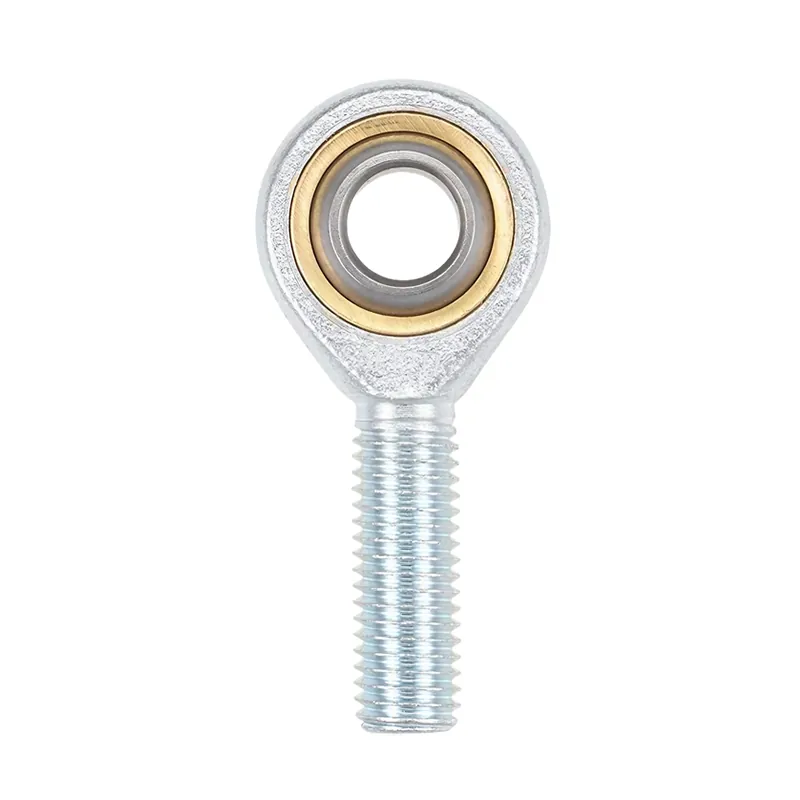 Enhance Industrial Efficiency with Premium Cylinder End Bearings from SAIVS
Enhance Industrial Efficiency with Premium Cylinder End Bearings from SAIVS

